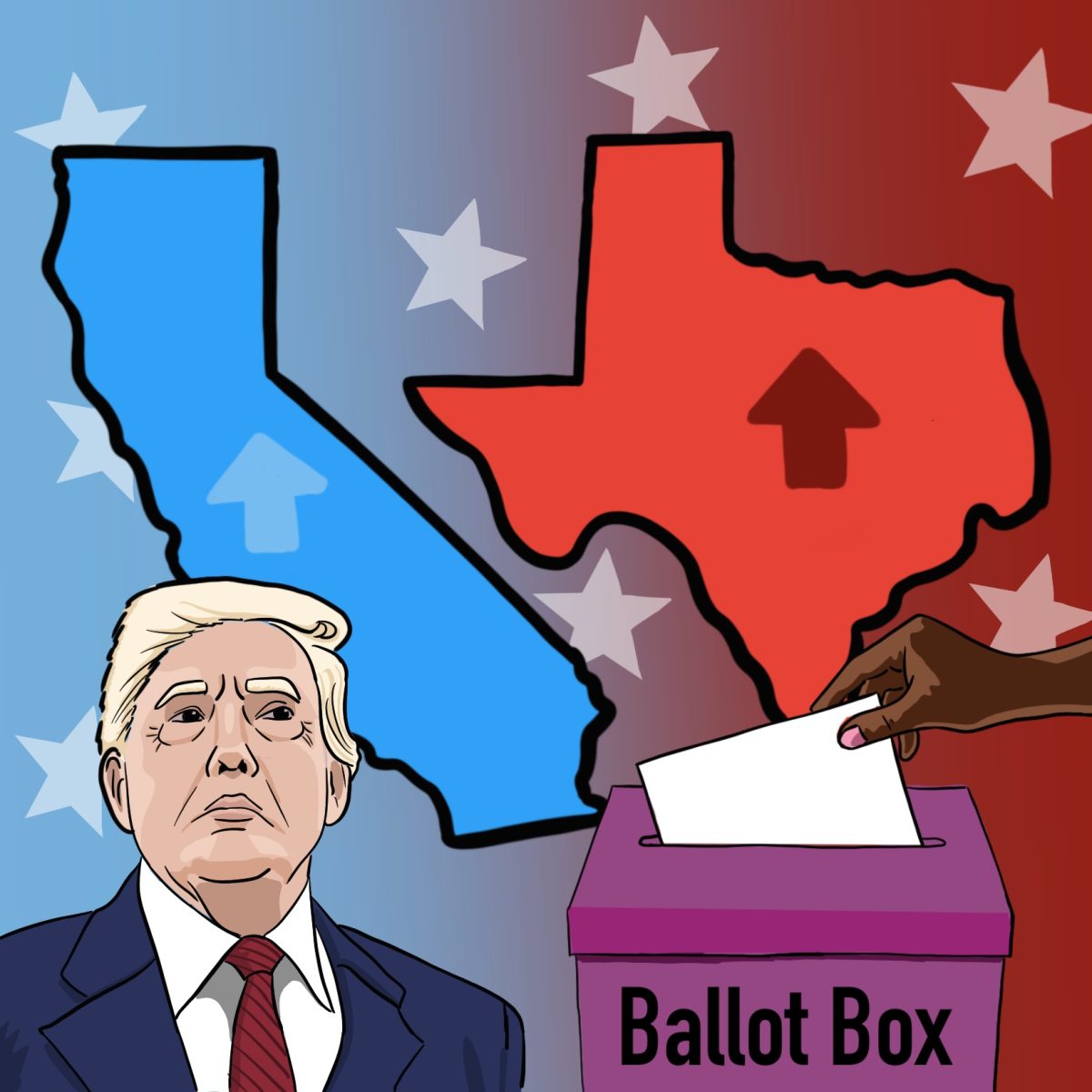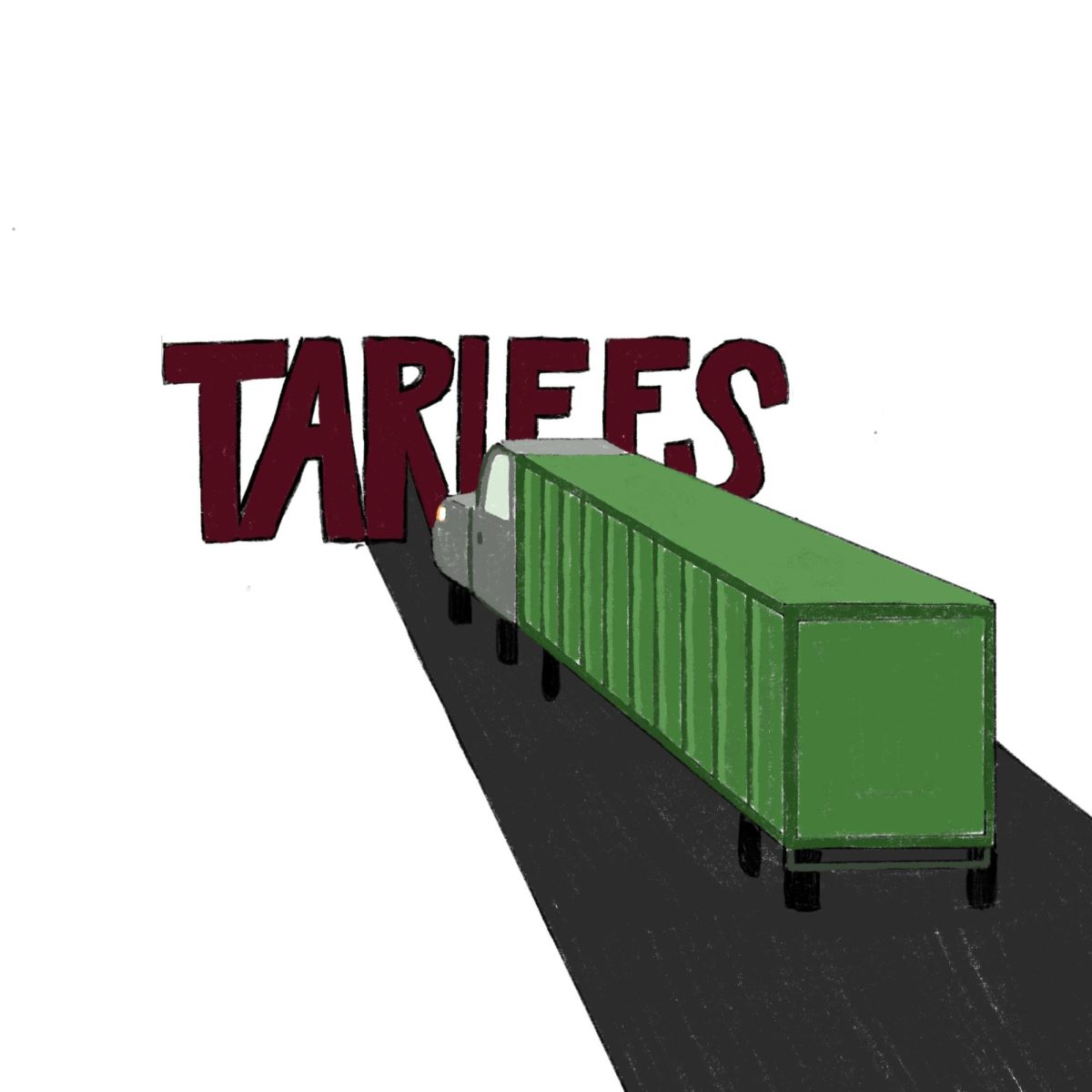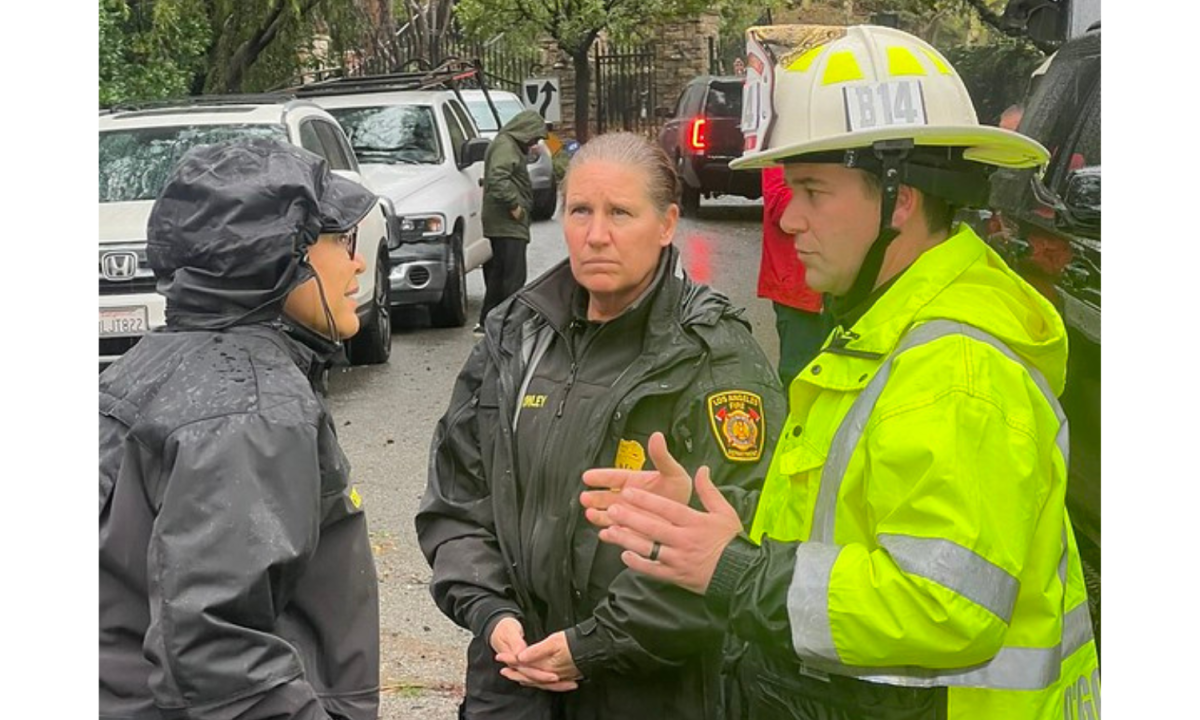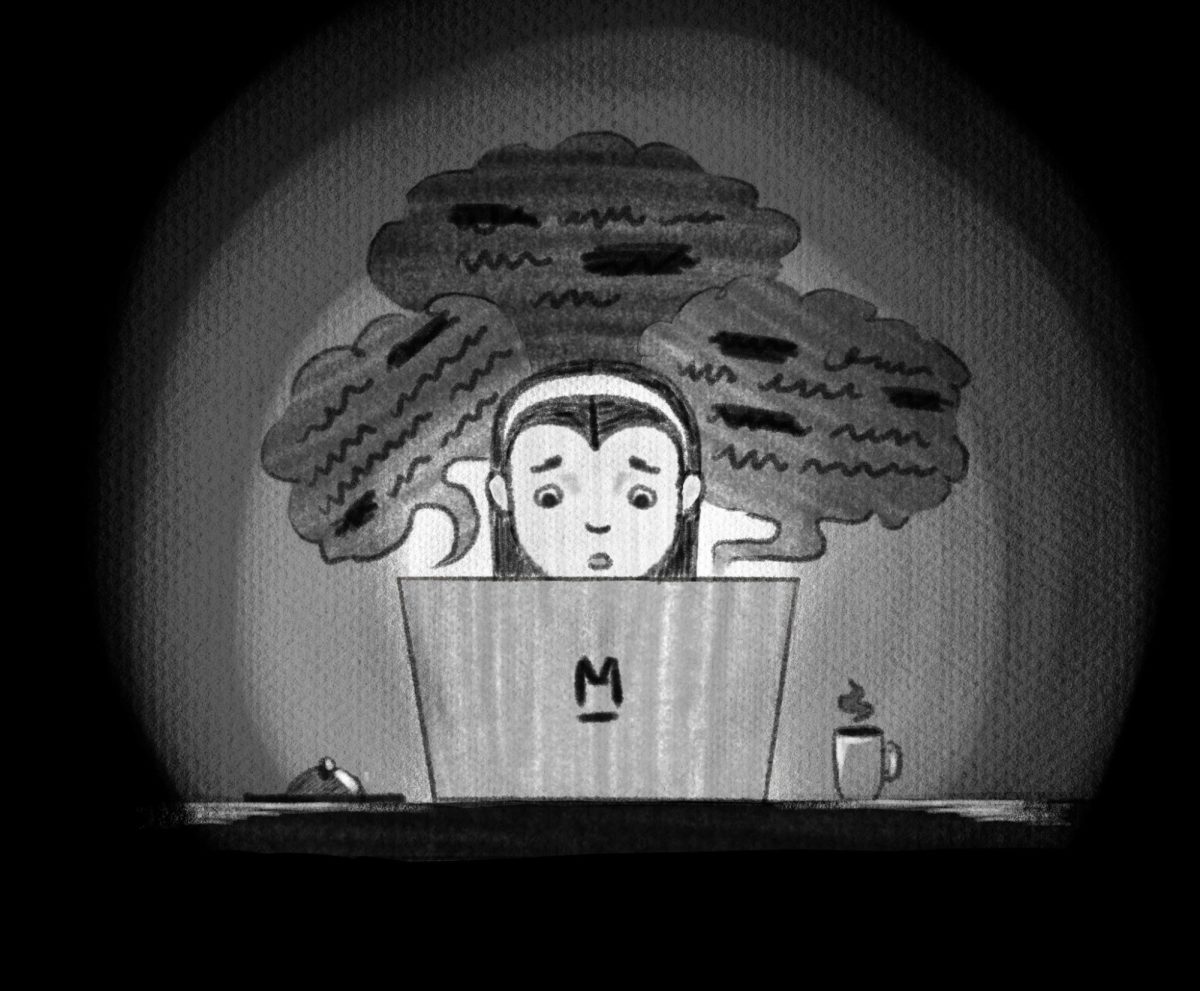Every decade, states undergo redistricting: the process of adjusting the boundary lines of voting districts. The boundary lines define which areas are grouped together to vote for a representative. This process occurs because populations are constantly changing over time, including shifts in population size and demographic makeup. By determining the physical boundaries of a district, redistricting plays a significant role in the candidates people can vote for in local, state and federal elections. This, consequently, impacts the policies and decisions that largely affect communities, as elected representatives have leverage to shape the allocation of resources.
In August, Trump urged states such as Texas to redraw its congressional map, arguing the Republican Party was “entitled” to five more seats in the U.S. House of Representatives. Following his statement, the Republican-controlled Texas Legislature passed the state’s mid-decade redistricting plan. Critics say the congressional maps were drawn to favor Republicans and secure extra seats in the House, a process known as gerrymandering.
Gerrymandering is the practice of adjusting the boundary lines of voting districts to favor one party. The legislature can draw lines that group people of similar political views into specific districts, allowing one party to win more seats than it normally would. As a result, elections become skewed and political views of the population gain disproportionate representation.
Gerrymandering can also be a risky strategy, especially in wave elections, where a certain political party makes substantial gains. Often, political parties will exploit their advantage by redrawing district lines to win votes by only a 50-51 percent margin. This strategy can lead parties to lose many seats during a larger election when voter sentiment shifts. The more aggressive the map, the higher the risk of losing seats under unfavorable political conditions.
Following presidential elections, seat changes often occur in the House of Representatives for the party out of power, which is currently the Democrats. California Governor Gavin Newsom’s redistricting proposal, Proposition 50 or the Election Rigging Response Act, reflects this pattern. Newsom says he will “fight fire with fire” by counteracting Texas’s efforts to win more Republican seats.
California currently has a California Citizens Redistricting Commission, composed of non-partisan members who redraw district lines. However, to level the playing field between Republicans and Democrats, the proposition aims to temporarily override this redistricting commission. By winning three seats, Democrats can effectively bring the balance of power back to the House. This had led to an arms race between states to redraw their maps, with Republicans in Indiana, Missouri and Florida as well as Democrats in Illinois, New York and Maryland considering the possibility.
The special election on Nov. 4 will determine the future of congressional seats through voting for Proposition 50, and Marlborough students who are 18 and over are eligible to vote.
“I approach my first time voting with ambivalence; I’m excited to finally be eligible to exercise my right to vote as an American citizen,” Kika ’26 said. “I am, however, wary about the circumstances in which it’s happening. I won’t be voting in a presidential election nor a midterm, but a special election to counter people who are blatantly undermining American democracy. I hope everyone at Marlborough who is eligible to vote will exercise that right.”








